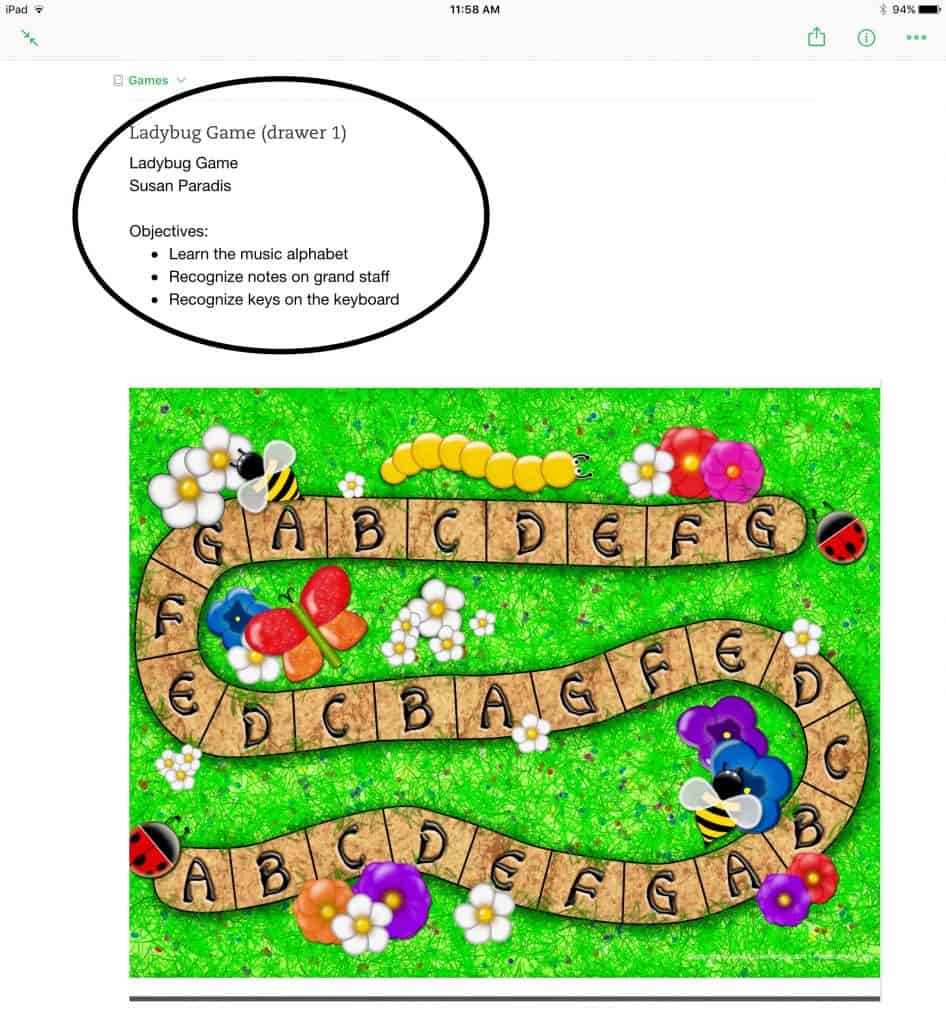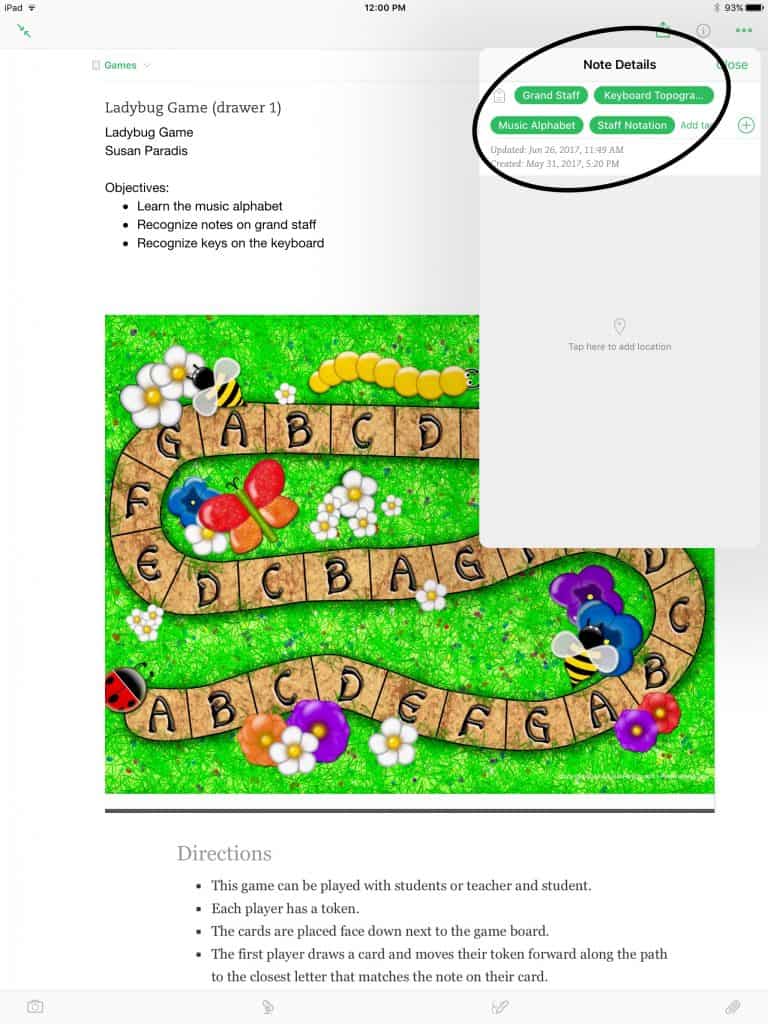
As the time gets closer and closer for us to move into our new home and eventually my new studio, I’ve come to realize just how much STUFF I have in my studio that will have to be moved.
While dreading the thought of relocating all these things, I began to ponder what it would be like to have a “minimalist” studio.
If I were a brand new teacher or if I had to start all over again in a very small space, what are the items that would be “must-haves”?
Thus, this “minimalist’s list” was born. Keep in mind that we’re talking bare bones. This list does not include equipment (like a piano), office equipment like computers and printers, or pedagogical books.
I look forward to hearing some of your “must-haves” in the comments!
A Copy of Your Favorite Method Book
This is my first recommendation because it’s one of the most basic and important, in my opinion.
I can’t tell you how many times I’ve either wanted to have a look at a student’s method book while lesson planning, needed a copy so I could make a video lesson for a student, or simply needed an extra copy when a student forgot their book. Whatever method you use the most, keep one extra copy on hand at all times!
Office Supply Must-Have
Post-its are kind of a “must-have” in any teacher’s world. I couldn’t go without these 1/2″ x 1 3/4″ Post-its for marking assigned pages. I like the paper ones because I can also write on them if needed instead of plastic-type tabs.

Erasable pens, markers, and colored pencils are God’s gift to teachers. I have four specific recommendations in this area.
Frixion Erasable Colors 12-pack.

















